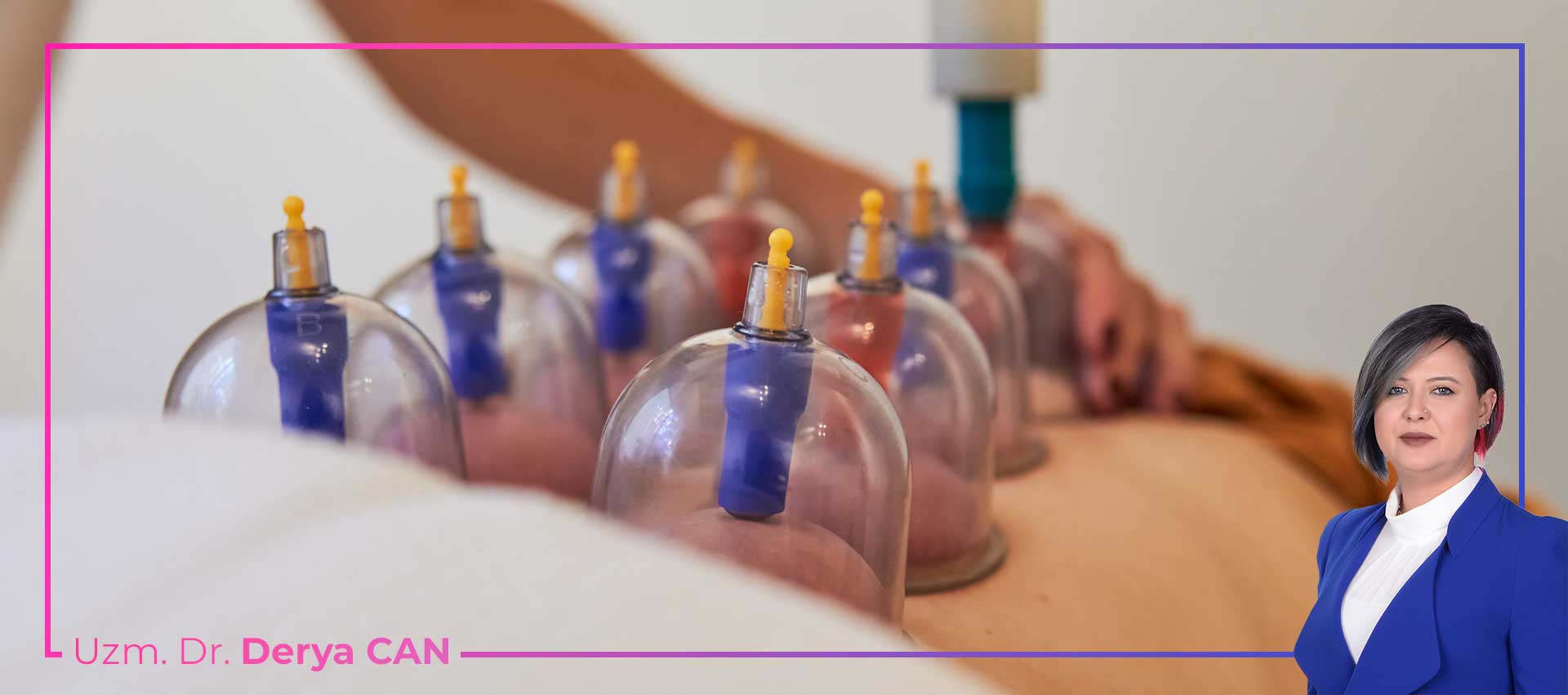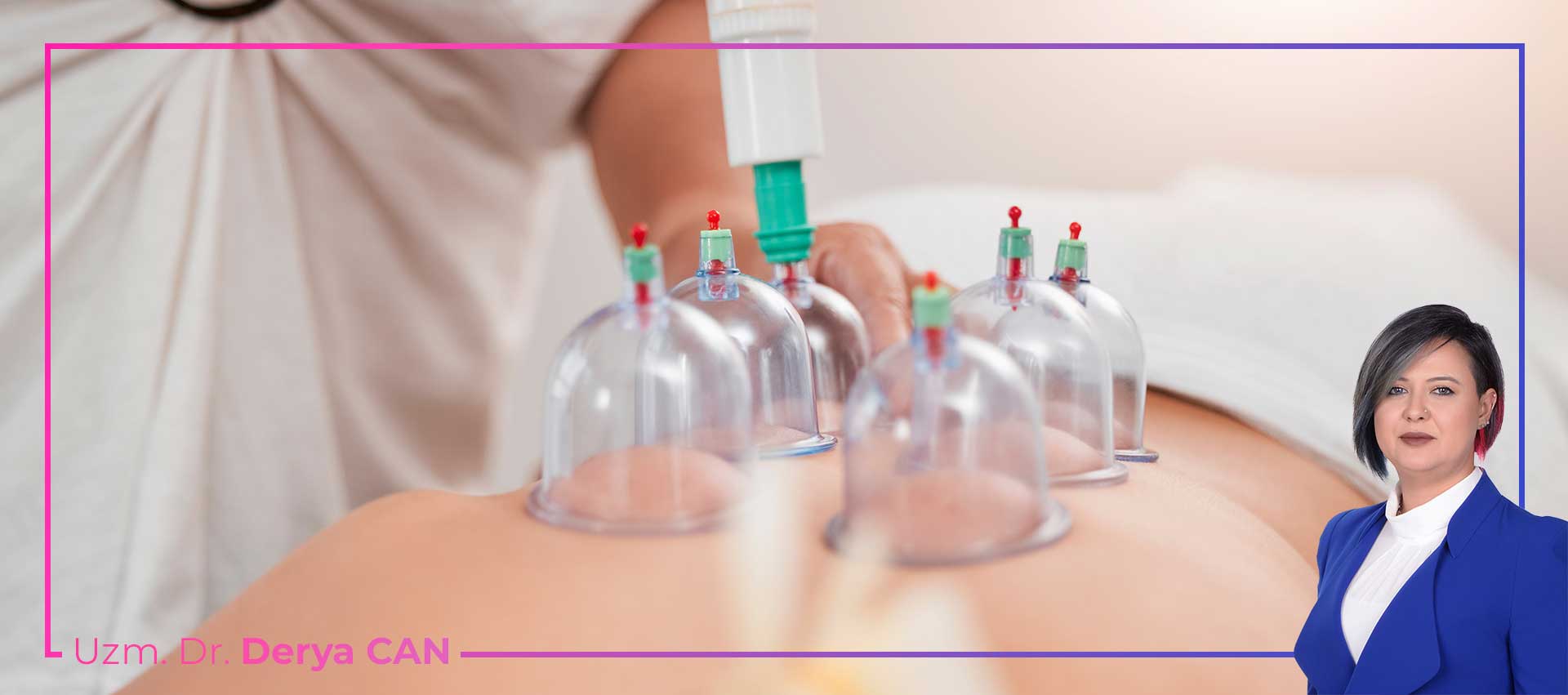
Frequently Asked Questions About Hijama (Cupping Therapy)
How Often Should Hijama (Cupping Therapy) Be Performed?
The frequency of hijama (cupping therapy) treatments may vary depending on an individual’s health condition and needs. However, it is generally recommended to have the therapy once a month. Specific days, such as the traditional “Hijama days” in July 2024, are also suggested for treatment. These special days are believed to enhance the effectiveness of the therapy.
Does Hijama (Cupping Therapy) Hurt?
Hijama (cupping therapy) is generally performed with only mild discomfort. During the procedure, you may feel a slight pulling sensation, but it is not painful. Most people report feeling relaxed and refreshed after their hijama sessions.
Are There Any Side Effects of Hijama (Cupping Therapy)?
Hijama (cupping therapy) is generally considered safe when performed correctly. However, temporary redness and bruising may occur, especially on sensitive skin. These side effects typically resolve quickly and are not permanent. Some individuals may also experience mild dizziness or fatigue after the session.
Who Should Avoid Hijama (Cupping Therapy)?
Hijama (cupping therapy) may not be suitable for pregnant women, individuals with severe anemia or hemophilia, those with heart conditions, and people with serious skin infections. It is essential to consult a specialist before undergoing the procedure. Particularly, individuals with chronic illnesses should obtain approval from their doctor before having hijama treatment.
What Is Hijama (Cupping Therapy) Good For?
The beneficial effects of hijama (cupping therapy) include relief from back pain, headaches, muscle tension, certain digestive problems, migraines, stress, and strengthening of the immune system. However, since each individual’s body is different, the effects of hijama may vary from person to person.
In conclusion, the benefits of hijama are numerous, and it can help treat many health issues naturally. Nonetheless, it is important to consult with a specialist and undergo an examination to determine the most appropriate treatment method.
